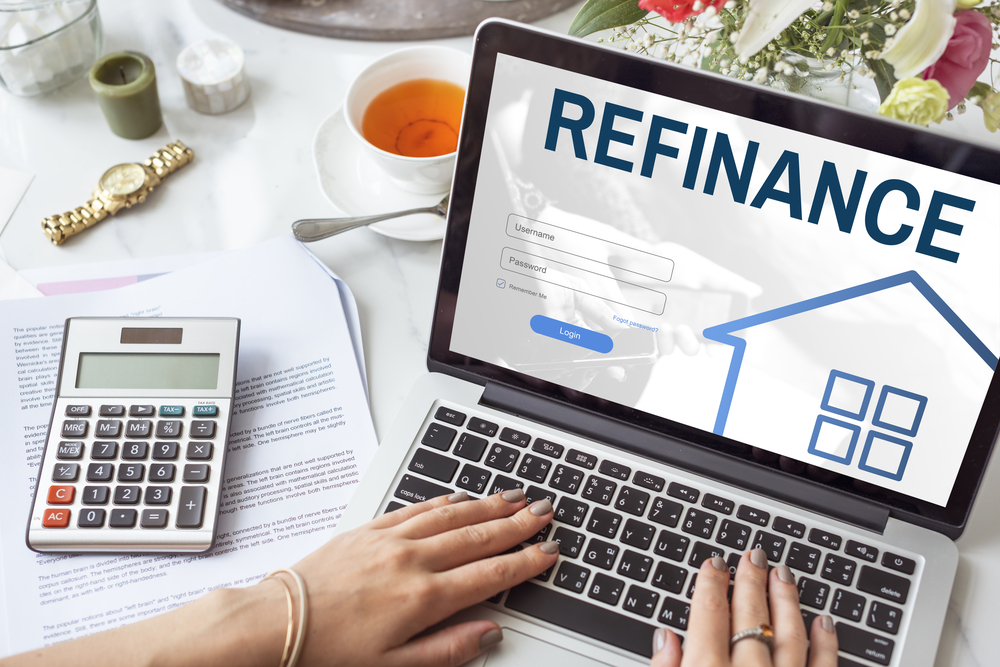Understanding the Basics of Cash Out Refinance: A Beginner’s Guide

The Basics of Cash Out Refinance
Cash-out refinancing is a financial strategy that can provide homeowners with a means to access the equity accrued in their property. It involves refinancing your mortgage for an amount higher than your current outstanding balance and receiving the difference in cash. This guide aims to provide a comprehensive understanding of cash-out refinancing, covering its fundamental principles and helping you navigate this financial option effectively.
What is Cash Out Refinance?
Cash-out refinance is a financial transaction where a homeowner refinances their existing mortgage for an amount exceeding the current loan balance. The homeowner then receives the difference between the new loan amount and the previous mortgage amount in cash. Essentially, it allows homeowners to convert a portion of their home equity into liquid assets.
Understanding Home Equity
Before delving deeper into cash-out refinancing, it’s crucial to grasp the concept of home equity. Home equity is the portion of your home that you truly “own” in financial terms. It’s the difference between the current market value of your home and the outstanding balance on your mortgage.
Calculating Home Equity
To calculate your home equity, subtract the amount you owe on your mortgage from the current market value of your home. The result is your home equity, representing the portion of the home that you have paid for and truly own.
How Cash Out Refinance Works
Cash-out refinancing involves replacing your existing mortgage with a new one, typically with a higher loan amount. The difference between the new loan amount and the current mortgage balance is paid out to the homeowner in cash. Here’s a step-by-step breakdown of how it works:
- Assess Your Home’s Value: Begin by determining the current market value of your home. This is a crucial factor in calculating how much equity you have.
- Calculate Your Equity: Subtract your existing mortgage balance from your home’s current market value. The resulting figure is your available equity.
- Determine Your Loan Amount: Decide how much cash you want to access through the refinance. This will determine the new loan amount.
- Refinance Your Mortgage: Apply for a cash-out refinance with a lender. The lender will assess your eligibility based on factors like credit score, debt-to-income ratio, and the loan-to-value ratio.
- Receive Funds: If approved, the lender will provide the approved loan amount, paying off your existing mortgage and providing the surplus as cash.
Purposes of Cash Out Refinance
A cash-out refinance can serve various financial objectives. While it’s essential to use the funds sensibly, here are some common purposes for which homeowners opt for cash-out refinancing:
Home Improvements and Renovations
Using the cash from a refinance to improve your home can potentially increase its market value. This might include remodeling the kitchen, adding a new bathroom, or making necessary repairs.
Debt Consolidation
Homeowners often use cash-out refinancing to pay off high-interest debts like credit card balances or personal loans. By consolidating debt, they can potentially reduce overall interest payments.
Educational Expenses
Funding education, either for yourself or a family member, is another valid reason for utilizing a cash-out refinance. This can help in achieving academic goals without resorting to higher-interest education loans.
Advantages of Cash Out Refinance
Cash-out refinance offers several potential advantages, making it an appealing financial option for eligible homeowners. Here are the primary advantages:
Access to Liquidity
Cash-out refinance provides homeowners with a way to access a substantial amount of liquidity. This can be useful for addressing immediate financial needs.
Potentially Lower Interest Rates
In some cases, the interest rates on a mortgage might be lower than rates on other forms of credit like credit cards or personal loans. Thus, utilizing a cash-out refinance could result in lower overall interest payments.
Risks and Considerations
While cash-out refinance presents potential benefits, it’s crucial to be aware of the risks and exercise prudence in its usage. Here are the primary risks and considerations:
Increased Debt
Opting for a cash-out refinance means taking on additional debt, which should be managed carefully to prevent over-leveraging and potential financial strain.
Risk of Foreclosure
Since your home is used as collateral, defaulting on a cash-out refinance can put your home at risk of foreclosure. It’s imperative to ensure that you have a solid repayment plan in place.
Is A Cash Out Refinance Right for You?
Determining whether a cash-out refinance is the right choice involves a careful evaluation of your financial situation and goals. Here are some factors to consider:
Current Interest Rates
Consider the current interest rates and how they compare to the rate on your existing mortgage. Lower rates could make a cash-out refinance more appealing.
Financial Goals and Needs
Evaluate your financial objectives and the necessity of accessing funds through a cash-out refinance. Assess whether the purpose aligns with your long-term financial goals.
Repayment Capacity
Analyze your repayment capacity to ensure you can comfortably manage the increased debt and associated repayments. Assess your income, existing debts, and overall financial health.
Final Thoughts On A Cash-out Refinance
A Cash-out refinance is a financial tool that offers homeowners the potential to access their home equity and convert it into cash for various purposes. Understanding the fundamentals of cash-out refinancing, including home equity, how it works, its purposes, advantages, risks, and considerations, is essential for making informed financial decisions. Assess your financial situation, consider the purposes carefully, and consult with a financial advisor to determine if cash-out refinance aligns with your long-term financial goals and needs. Remember, prudent financial planning is key to leveraging this option effectively and ensuring it benefits you in the long run.





